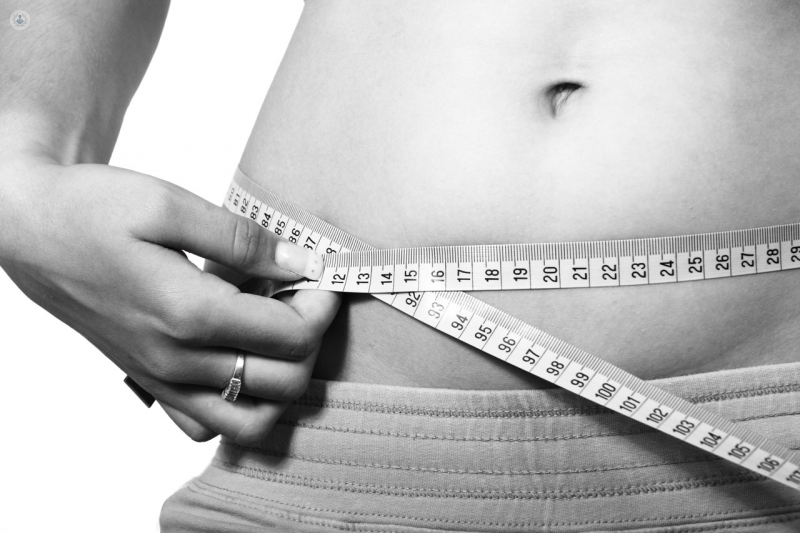Electrolipolysis
What is electrolipolysis? Type anesthesia
The electrolipolysis is a treatment that allows to fight the cellulitis in a painless and safe way. It is especially recommended in rebel areas or people who have resistance to eliminate localized fat. It is a safe non-invasive technique for tissues, so no type of anesthesia is necessary to perform it.

Why is it done?
It is a treatment that is recommended in patients with localized fat of difficult elimination, as well as cellulitis. It is not a recommended treatment in cases of obesity or overweight, since it is a technique that allows softening the appearance of the skin in areas that do not respond to conventional diet and exercise treatments, but not in cases of obesity, where the treatments must be more severe and of different kinds.
What does it consist of?
The electrolipolysis consists in the application of controlled electric microcurrents, in order to favor the drainage of the areas in which the fat accumulates, usually thighs, glutes, hips and lower abdomen, especially in women, who have more adipose tissue and their hormonal metabolism also causes fat cells to increase.
With electrolipolysis circulation is stimulated in these areas, to increase blood flow and thus drag stagnant fat deposits, which will be eliminated with urine. The microcurrents also help in the production of the hormones involved in the elimination of toxins, favoring the process, especially if it is complemented with diet, exercise and high fluid intake.
During electrolipolysis the currents are introduced into the body with microneedles that are placed in the affected area and that, at first, may cause slight discomfort, but the procedure is painless and does not require anesthesia. The level of intensity of the microcurrent is gradually extended to ensure maximum patient comfort and minimize discomfort. The treatment will be totally personalized based on the needs of the patient, intensifying the flow or not.
The procedure usually lasts one hour and the number of sessions required will depend on the age of each patient, as well as the type of cellulitis to be treated and the affected areas.
Preparation for electrolipolysis
In general, electrolipolysis is a totally safe procedure that does not require anesthesia. However, it presents contraindications for people with cardiac pathologies or with pacemakers, due to the fact that the device could be affected by microcurrents. Also, people with kidney problems should also consult, as the body is subjected to an intense process of waste disposal during treatment and could be collapsed if the kidneys do not work well. People with metal prostheses and women with IUDs should also consult with the specialist.
Care after the intervention
During and after treatment it is recommended:
- Drink liquids to promote the elimination of toxins.
- Massage the area in the days after the sessions, to improve the mobilization of fat deposits activating the lymphatic system.
- Make a maintenance diet and avoid very caloric or processed foods.
- The time between sessions must be two weeks, minimum.